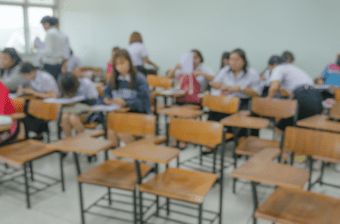The Problem
Current policies and procedures for identifying, training, and rewarding effective teachers have proven ineffective, with the predominant approach of certification programs having a limited demonstrable effect on student performance. Additionally, there are few incentives for the most effective teachers to work in poorer school districts.
The Proposal
Modernizing the administration of the teaching profession will enable the best-qualified and most talented educators to thrive and, in turn, to inspire their students to achieve. These modernizations include reducing barriers to entering the profession, making it more difficult to tenure the least-effective teachers, providing bonuses to highly effective teachers willing to teach in disadvantaged schools, establishing better systems for measuring job performance, and tracking student performance and teacher effectiveness over time.
Abstract
Traditionally, policymakers have attempted to improve the quality of the teaching force by raising minimum credentials for entering teachers. Recent research, however, suggests that such paper qualifications have little predictive power in identifying effective teachers. We propose federal support to help states measure the effectiveness of individual teachers, based on their impact on student achievement, subjective evaluations by principals and peers, and parental evaluations. States would be given considerable discretion to develop their own measures, as long as student achievement impacts (using so-called “value-added” measures) are a key component. The federal government would pay for bonuses to highly rated teachers willing to teach in high-poverty schools. In return for federal support, schools would not be able to offer tenure to new teachers who receive poor evaluations during their first two years on the job without obtaining district approval and informing parents in the schools. States would open further the door to teaching for those who lack traditional certification but can demonstrate success on the job. This approach would facilitate entry into teaching by those pursuing other careers. The new measures of teacher performance would also provide key data for teachers and schools to use in their efforts to improve their performance.



